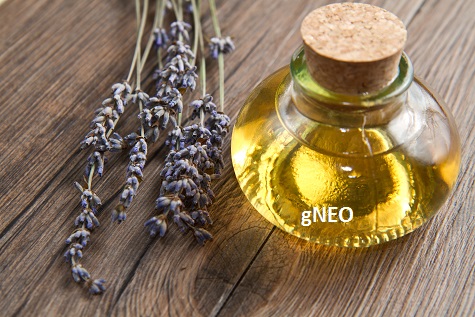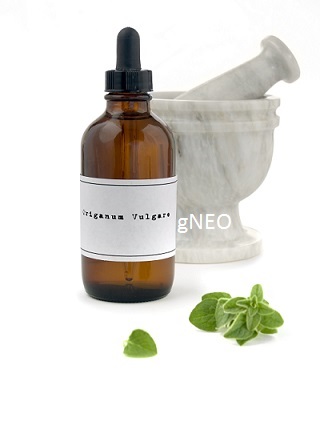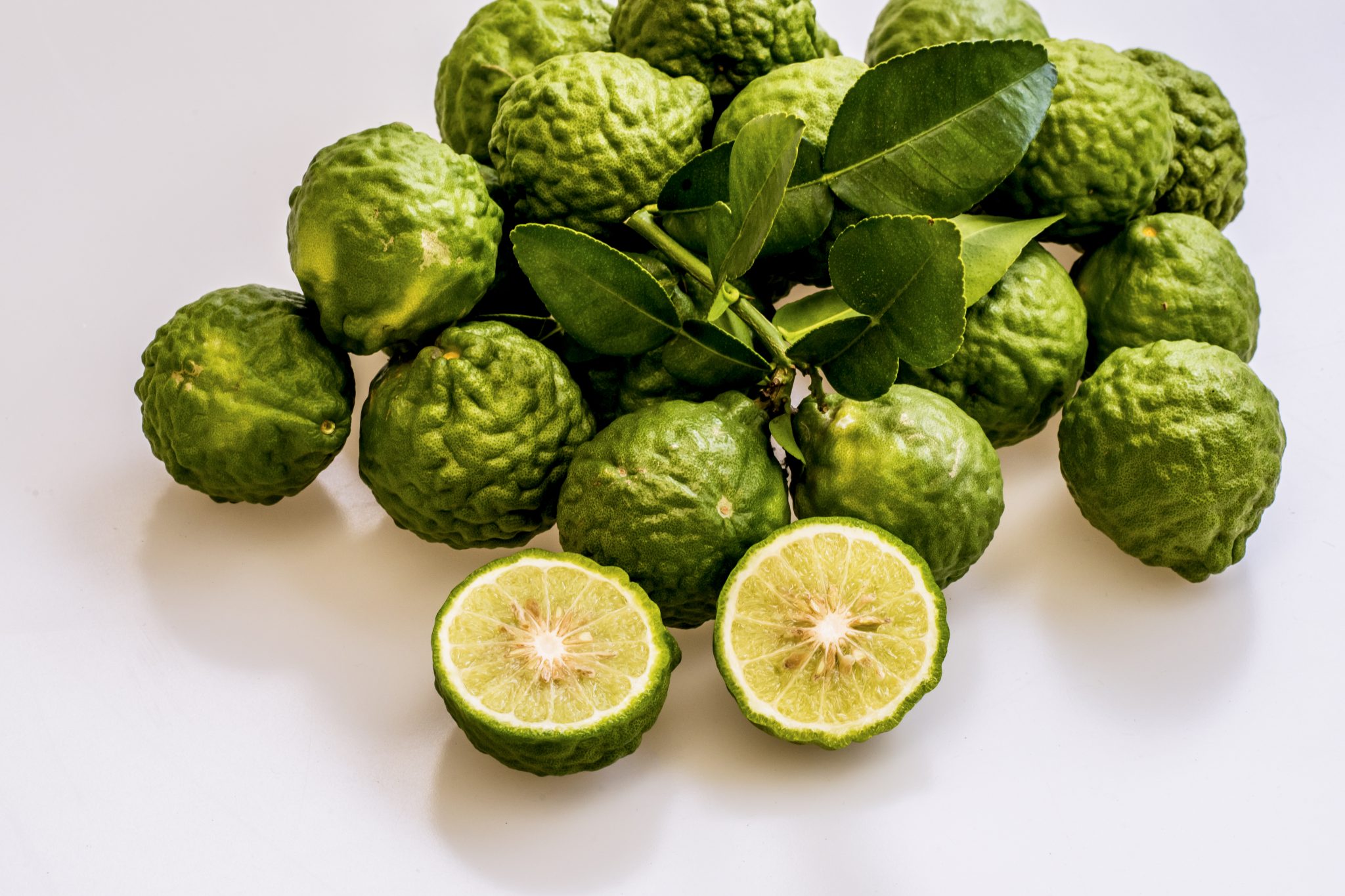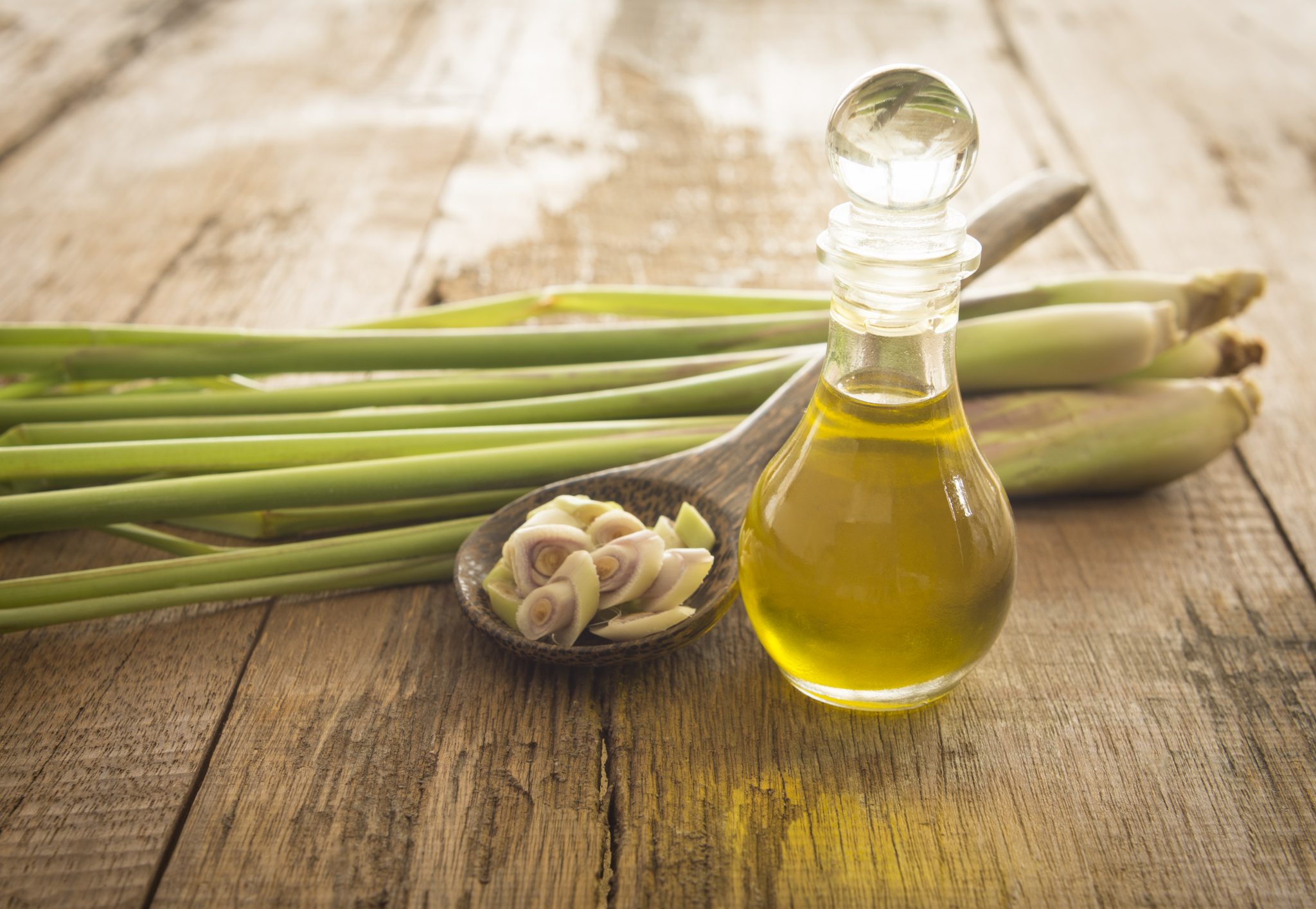Description: Organic Ginger Essential Oil CO2 is produced by steam distillation of dried ground rhizomes of Zingiber officinale (Roscoe) (Zingiberaceae). Ginger oil extracted by CO2 extraction method yeilds pure essential oils compared to the steam distillation method. Ginger is commonly used as a spice, and it has its origins in India. It forms an crucial part of many Asian cuisines due to its digestive properties. It is especially helpful in digesting food items and it is frequently added to recipes for cooking meat as it softens the meat considerably, making it easier to digest. Organic Ginger oil CO2 is extracted from the roots of the plant (rhizomes, actually), a knotty-looking tuber that varies in color, depending on the soil and climate it is grown in. Though the flowers and the stalks are also highly aromatic, it is only the rhizomes that are used for essential oil production. Steam distilled from the whole, unpeeled rhizomes, it can be made from a fresh, dried or ground-up source. Each source has slightly different aromatics, the dried roots being more earthy, while the fresh ground root is more spicy. It presents as a clear, medium-yellow colored thin liquid.
The essential oil produced by CO2 method of dried ground rhizomes of Zingiber officinale (Roscoe) (Zingiberaceae).
Botanical Name: Zingiber officinale
Plant Part: Root
Extraction Method: Super critical fluid extraction by using CO2
Odor and Appearance: A light yellow to yellow liquid having the aromatic, characteristic odor of ginger.
Country of origin: India
Main Constituents: camphene, nerol, linalool, a-pinene, geraniol, b-pinene, 1,8-cineole, zingiberene, y-terpineol, borneol, geranyl acetate, and b-bisabolene.
Common Uses: Common uses include its potential incorporation into massage blends to soothe muscles and provide comfort, its use in aromatherapy to create an invigorating and stimulating atmosphere, its inclusion in skincare formulations for promoting a healthy complexion, and its application in natural remedies to support digestion and ease occasional nausea. Additionally, it can be added to diffusers to infuse spaces with a warming and revitalizing ambiance.
Note: Middle Note.
Blends well with: Sweet orange, bergamot, frankincense, cedarwood, and black pepper.
Contraindications: Though complications from using ginger essential oil are rare, taken in high doses it can cause heartburn and mild irritation of the mouth and esophagus. It is a ‘hot’ oil, and should not be used undiluted on the skin. Heed all recommended dilution ratios and test on a small area of skin until you know your tolerance. Limit use if you are pregnant or nursing. As ginger has a blood thinning action, it can increase the risk of bleeding and prevent blood clotting. If you are having surgery or major dental work, discontinue use for two weeks before and after your procedure. Ginger is known to lower blood pressure and blood sugar. Use with caution if you are diabetic or if you are taking medication for hypertension. Ginger essential oil should not be administered to children unless they are under the direct supervision of a practitioner qualified in aromatherapy. Avoid contact with the eyes and mucous membranes, and be aware that ginger essential oil may be photo toxic. Do not expose your skin to direct sunlight following topical application.
*These statements have not been evaluated by the Food and Drug Administration. This product is not intended to diagnose, treat, cure, or prevent any disease.*
For large quantities please contact us via our phone number or through the Contact Us page.
Like us on Facebook.
******GCMS report available for this product*********










Stephanie Paulding (verified owner) –
Loved this oil. The aroma and texture were great!